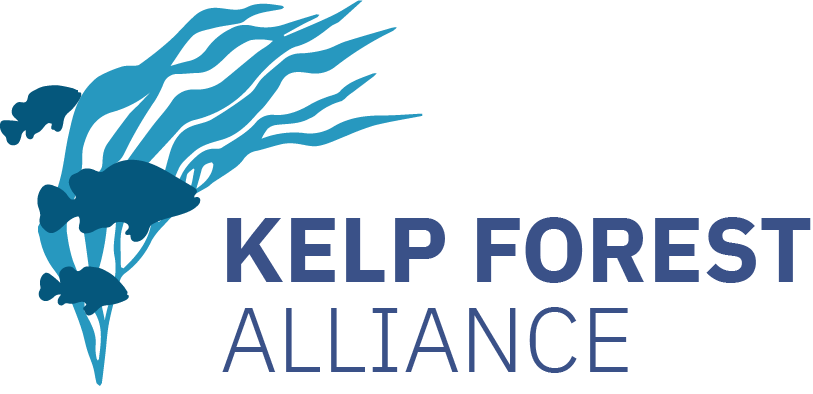Restoration Objective:
The objective of restoration was to Increasing Ecosystem Services.
Cause Of Decline:
Macrocystis pyrifera beds along the southern California coast were relatively stable prior to 1940. Declines were first reported in 1945 in areas nearest major sewage outfalls. This deterioration progressively affected beds at increasing distances from the outfalls, leaving small patches. Deterioration of kelp accelerated when an influx of warm oceanic water persisted off California from 1957-1959.




